Today’s guest post comes from Dr. Alessandra Wall. Wall is a licensed clinical psychologist, coach, speaker and entrepreneur. She is the founder of Life in Focus coaching, a lifestyle strategy practice, which is based out of San Diego California.
Dr. Wall works with busy, driven and successful people around the globe, who want to wake up and feel excited by their everyday lives. By teaching them to slow down, check in, focus on needs that are current, and make choices that are right for them, they build the systems to create a better everyday and feel inspired by life again.
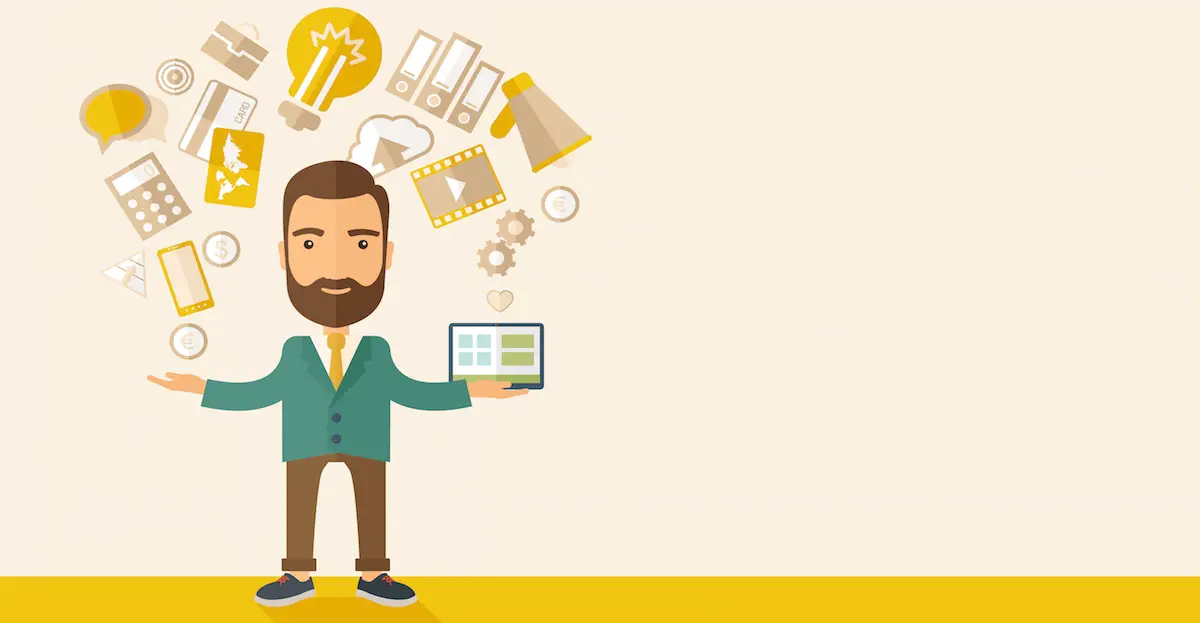

Own less, do more. Choose experiences over things. These are the more popular aspects of minimalism that have been adopted as a response to the consumerism obsessed society that has evolved over the last 20 years.
We are encouraged to shed our stuff by studies that tell us that experiences – not things – will bring us happiness and fulfillment. Accumulate the experiences and fill our schedules with inspiring and challenging activities. Do. Do a lot. Do ever more. The constant pressure to perform and experience more socially, professionally and privately is driving people’s anxiety up the roof.
We are stressed out, living in a constant state of busyness, always anticipating, planning and reaching for the next great thing to do. Our lives may not be cluttered with stuff, but for many of us, it is chock full of stuff to do.
What happens when you start to accumulate too many experiences? What can you do when that which was supposed to help you thrive, is now leaving you overbooked and stressed?
What’s wrong with this picture?
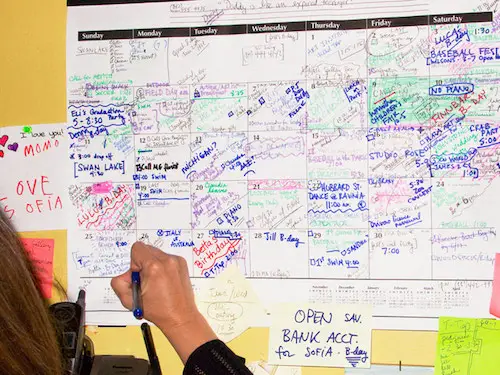

You wake-up in the morning to the sound of your cell phone’s alarm and, now prompted by the handling of your phone, you start the day out by checking your email and social media feeds.
Your anxiety levels creep up as emails remind you of your upcoming workday. Your attention first thing in the morning just got co-opted away from you and into the social sphere thanks to the modern marvel that is the internet. You gave away the first 20 minutes of your day to others, and already, your mind is swimming with all the stuff you need to be doing or paying attention to.
You get up to make your morning tea, check your phone a few more times – you wouldn’t want to miss the latest updates, invites and news from the world – and the pressure to be on and socially active is strong.
You commute to work, where you will split the day between the things you need to do and the pressure to constantly check your email for updates.
Your attention is pulled in a million directions as projects and to-dos pile up. No problem, though, because you can multitask. Except you can’t; all the latest research is showing that the brain cannot do several things as once. What you think is multitasking is actually shifting between activities, and is no different from having someone interrupt you mid-project to ask you to focus on something else. Guess what one of the biggest roadblocks to productivity is? Yup, distraction and interruptions!
Because you feel you have to do it all, and thought you could multitask, you actually end the day having accomplished far less than you planned to. It’s okay though, because thanks to email, remote servers and clouds, you now can also work from home. Professional stuff is piling up!
You get home where you could relax, check in and give yourself a mental break, but that itch to plug in and reconnect with the world comes back. Chances are you’re checking those social media feeds again, or watching TV while you try to make dinner, catch up on the phone with you bestie, and nurse that stiff neck and budding headache with a glass of wine.
You stay up too late, trying to have some ‘me time’ – which is really catching up with work – while watching the latest episode of your favorite show, and periodically hopping online to see what’s going on in the social sphere.
Weekends aren’t much better as the pressure to be there or be square is ever present. If the key to happiness is experiences, then you are doing your best to have as many of those as possible – dinner dates and Sunday brunches, hikes, and neighborhood festivals, concerts, football practice and birthday parties, window shopping and weekend getaways. You’ve filled your life with stuff (to do), and when you’re not out and about, there is more than enough to do at home.
By filling our lives with so much stuff to do, we create an incredible amount of pressure and stress for ourselves. It’s not just that our bosses want us to work overtime; it’s that we expect ourselves to be on all the time. We want to be everything to everyone. We want to experience all that life has to offer, and in the process we lose what we are seeking – a sense of balance, control, joy and fulfillment.
So what’s the solution? Do less to do more. Do less to feel more.
Do less to do more
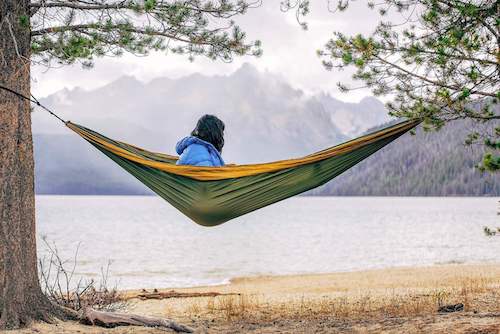

We need to get back to monotasking and understand that by focusing our attention on a single activity at a time, not only are we more productive, but we are also far more effective and feel happier in the moment.
Monotasking can be hard because we tell ourselves that by doing a little bit of everything, we can subsequently get a lot done. What happens, however, is that we end-up feeling scattered, overwhelmed and unsure of where to start or how to focus our attention. We waste so much time making small decisions that we get relatively little accomplished.
Doing less to do more applies to social activities too. Think of the last time you over-committed yourself and signed on for multiple events in a single day. By the time you’re hitting the end of your second event, you’re spent and burnt out; the quality of your interactions has significantly decreased. You’re less engaged, less present and less available. By being more discriminatory with your time and how you choose to spend it – by doing less – you actually end up accomplishing far more in terms of acquiring the type of experiences that are actually fulfilling and happiness inducing.
Do less to feel more
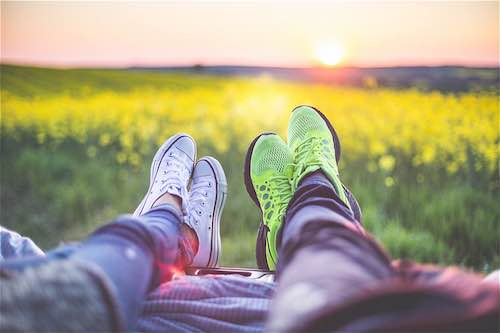

Do less to feel more! Do less work, be less social, spend less time online, connected, engaged or stimulated and you will find that you feel more energetic, more balanced, more at peace, more in control and far more satisfied with your life.
Avoid trying to cram your days full of fun activities and to-do items, and instead, make a point of planning some solid down time in your schedule. Downtime in this case refers to time spent in the absence of stimulation. That means screens are off, friends aren’t around, and you are certainly not being productive (GASP).
If you thought monotasking was hard, this is harder. By working on taking care of yourself and doing less to feel more, you will challenge a number of your core assumptions. Such as:
- Being busy means being important.
- Being productive is being valuable.
- Doing nothing is lazy.
- Self-care is selfish.
- Missing out on social events will make people like me less.
This will make you feel anxious, guilty, bad and distressed… but only at first. If you take the time to practice the fine art of doing nothing, and of taking care of yourself first, you’ll find that you suddenly feel whole again.
By doing less stuff, and creating boundaries between the different facets of your life, you give yourself the opportunity to stop and check in. That downtime will allow you to really think about what matters and what makes you feel alive. By doing less, you create a space within which you can understand what you need to focus on (monotasking, of course) to feel inspired, in control, balanced and excited about your everyday.
Doing less is not about being lazy; it’s about being selective and honoring your mind, your time and your life by removing the experiential clutter that’s bogging you down.
Ready to declutter your life?
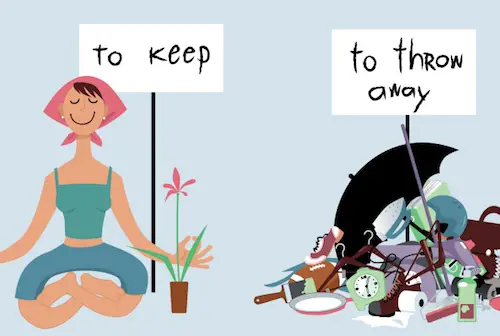

There are a number of ways to approach this process, look at how you spend your time, and choose the one that’s right for you.
Practice the fine ‘Art of Nothing’ – If you’ve gone through the 30-day Happy Body program, you know what I am talking about. If you haven’t yet signed up, the Art of Nothing is the practice of spending a few minutes daily in relative silence (natural ambient noise only) allowing your brain to daydream without distraction or interruption. Start at two minutes, and then try to build up this ancient practice that was part and parcel of fire gazing and front porch sitting in our grandparents’ and great-grand-parents’ times.
Just a few minutes of this every day and you’ll notice within a week a significant reduction in stress and anxiety.
- Go bigger – try scheduling time in your day to do nothing. I’m talking about anything upward of 30 minutes of time where you might choose to stare into space, futz around the house, amble in a park or stroll around your neighborhood. Choose to spend time just with yourself once in awhile – it’s the lifestyle equivalent of having a beautiful, clean and decluttered room to read in; in other words, it’s glorious.
- Set boundaries – as best as you can try to set boundaries in work, in relationships and in your activities. Create the expectation that you can do only one thing at a time. Work when you are at work and stay off of social media. Check your email only a couple times a day and set time aside to do just that rather than letting emails bleed into your other activities and act as a distraction (i.e. turn off notifications!!!). Let the people in your life know when you do and don’t want to be reached. It’s okay to put your phone on ‘do not disturb’ in the evening, or to ask a friend to stop pushing you to join them when you said you wanted to stay home.
- Pick a focus – Figure out what really matters to you. What do you want to be working on or putting your efforts and energy towards? Once you have that, keep it at the forefront of your mind. When other opportunities arise, weigh them against those priorities.
- Choose you first – Make a point of bringing your focus back to you. Remember that in life, as in an airplane, you have to put the mask first on yourself before helping others.
If these things sound appealing and you’d like some help feel free to check out these two Life in Focus resources:
- The Art of Nothing Challenge: is a FREE 7 day email series that walks you through the process of mastering the Art of Nothing, two minutes as a time. Learn how stop, check- in restore balance, and regain control.
- Back to Me: Back to Me is a short e-book that covers four lifestyle choices that are essential to good self-care and balanced living.
Learn about the seven things you need to focus on daily to create balance. Master the Art of Nothing and take control of your stress. Learn when to say ‘yes’ and how to say ‘no,’ and create boundaries for better relationships. Discover how to reconnect with yourself and find your focus.
Let us know what you think if you’re considering practicing the Art of Nothing! We would love to hear how you find balance in YOUR life. We hope you enjoyed this insightful piece.
Music, mountains, dogs, travel, food and friends.

